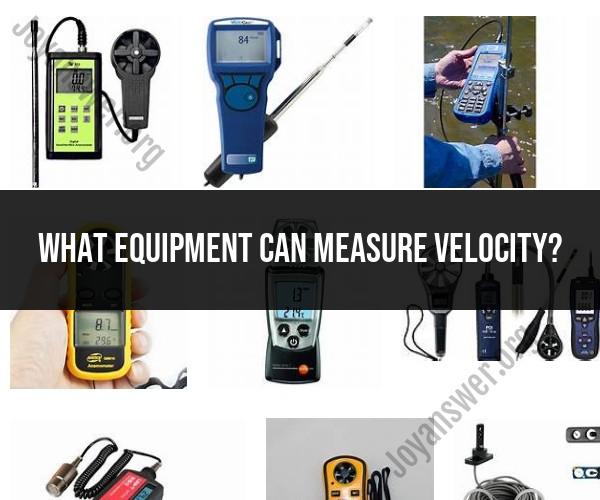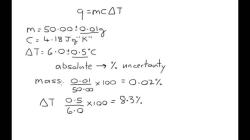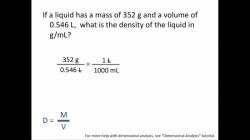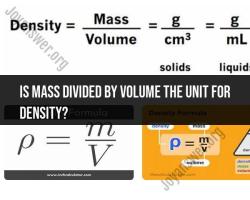What equipment can measure velocity?
Measuring velocity requires equipment that can accurately track the speed of an object's motion. Several tools and instruments are commonly used for this purpose, depending on the specific application and the level of precision required. Here are some common equipment and tools for measuring velocity:
Radar Guns: Radar guns are widely used by law enforcement to measure the velocity of moving vehicles, such as cars, trucks, and airplanes. They emit radio waves and calculate the speed of the object based on the Doppler shift in the returning waves.
Laser Doppler Velocimeters (LDV): LDVs use laser beams to measure the velocity of small particles or reflective surfaces. They are often used in research and industrial settings to measure fluid flow or the motion of solid objects.
Anemometers: Anemometers are devices used to measure wind speed and air velocity. They come in various forms, including cup anemometers, vane anemometers, and hot-wire anemometers.
Pitot Tubes: Pitot tubes are used to measure fluid velocity, particularly in air or gas flow applications. They consist of a tube that faces into the fluid flow and measures the pressure difference between the fluid and a reference chamber.
Flow Meters: Flow meters are instruments used to measure the velocity of fluid flow in pipes or channels. They include devices like turbine flow meters, electromagnetic flow meters, and ultrasonic flow meters.
Speedometers: Speedometers are found in vehicles and measure the speed of the vehicle's motion. They typically use a magnet, a mechanical cable, or electronic sensors to determine speed.
Tachometers: Tachometers measure the rotational speed of an object, such as an engine, motor, or rotating machinery. They are essential in industrial and automotive applications.
Velocity Sensors: Velocity sensors, like accelerometers and piezoelectric sensors, can be used to measure the velocity of vibrations or oscillations in structures or machinery.
Doppler Shift Ultrasound: Medical ultrasound devices can measure blood velocity in arteries and veins using the Doppler effect. This helps diagnose vascular conditions and monitor blood flow.
Speed Guns for Ball Sports: In sports like baseball, cricket, or tennis, speed guns are used to measure the velocity of a ball or projectile.
GPS Devices: Global Positioning System (GPS) devices can indirectly calculate the velocity of a moving object by tracking its position and the time it takes to travel between points.
Photogates: In educational settings, photogates are often used to measure the velocity of objects passing through a light beam. They calculate velocity based on the time it takes to break the beam.
High-Speed Cameras: High-speed cameras capture fast-moving objects in slow motion, allowing for the precise measurement of velocity by analyzing frame-by-frame motion.
The choice of equipment for measuring velocity depends on the specific application, the accuracy required, and the characteristics of the object or fluid being measured. It's essential to select the right tool for the job to ensure accurate and reliable velocity measurements.
The three titles you have provided highlight the importance of choosing the right equipment for measuring velocity. The type of velocity measurement device you need will depend on the specific application and the desired accuracy.
Measuring Velocity: Equipment and Instruments for Precise Results
This title emphasizes the importance of using precise equipment to measure velocity. Inaccuracies in velocity measurements can lead to errors in calculations and other problems.
Tools of the Trade: Instruments Used to Calculate Velocity
This title highlights the variety of velocity measurement instruments that are available. Each instrument has its own advantages and disadvantages, so it is important to choose the right instrument for the job.
Velocity Measurement Devices: Choosing the Right Equipment for the Job
This title emphasizes the importance of considering the specific application when choosing a velocity measurement device. Factors to consider include the range of velocities to be measured, the accuracy required, and the environmental conditions in which the instrument will be used.
Here are some of the most common velocity measurement devices:
- Pitot tubes: Pitot tubes are simple and inexpensive devices that measure the stagnation pressure of a fluid flow. The stagnation pressure is the pressure of the fluid when it is brought to rest. The velocity of the fluid can be calculated from the stagnation pressure using the Bernoulli equation.
- Anemometers: Anemometers are devices that measure the speed of air or other gases. There are many different types of anemometers, including cup anemometers, vane anemometers, and hot-wire anemometers.
- Laser Doppler velocimeters (LDVs): LDVs are non-intrusive devices that measure the velocity of a fluid by measuring the Doppler shift of laser light. LDVs are very accurate, but they can be expensive and difficult to use.
- Acoustic Doppler velocimeters (ADVs): ADVs are non-intrusive devices that measure the velocity of a fluid by measuring the Doppler shift of acoustic waves. ADVs are less accurate than LDVs, but they are also less expensive and easier to use.
When choosing a velocity measurement device, it is important to consider the following factors:
- Range of velocities to be measured: What is the lowest and highest velocity that you need to measure?
- Accuracy required: How accurate do your velocity measurements need to be?
- Environmental conditions: In what environment will the instrument be used? Is it important for the instrument to be weatherproof or corrosion-resistant?
- Cost: How much are you willing to spend on a velocity measurement device?
Once you have considered these factors, you can start to narrow down your choices. There are many different velocity measurement devices available, so you should be able to find one that meets your needs and budget.













